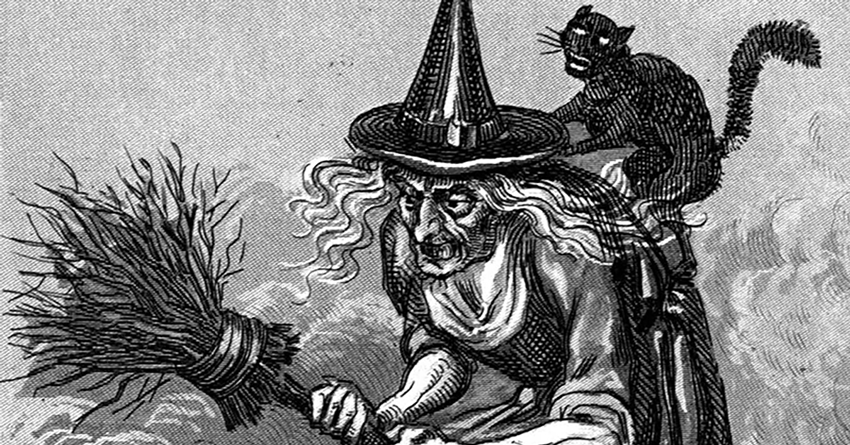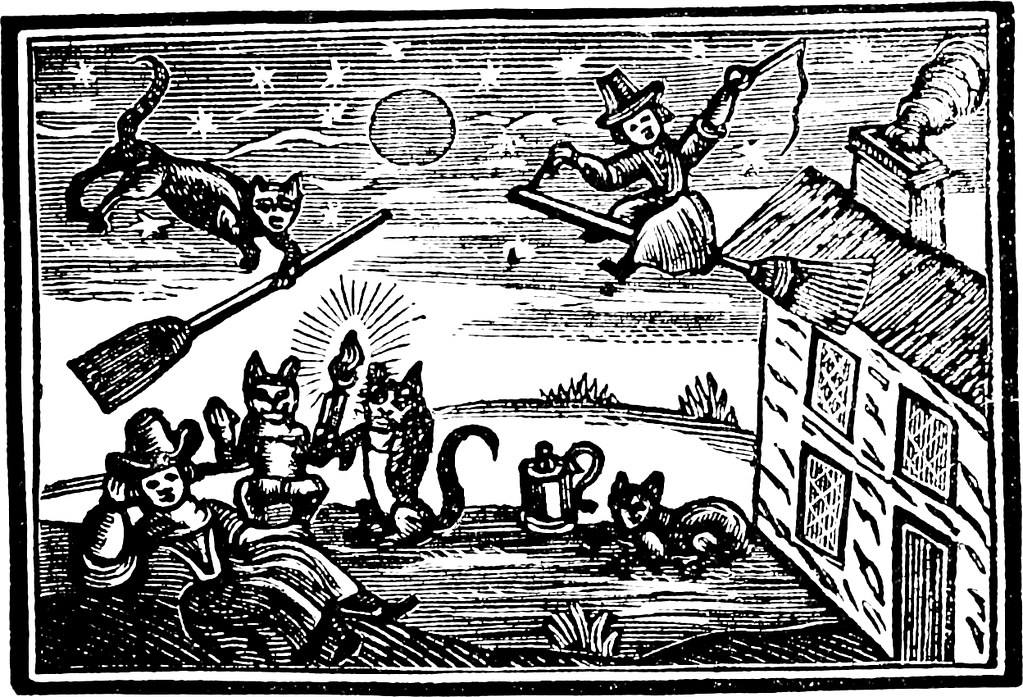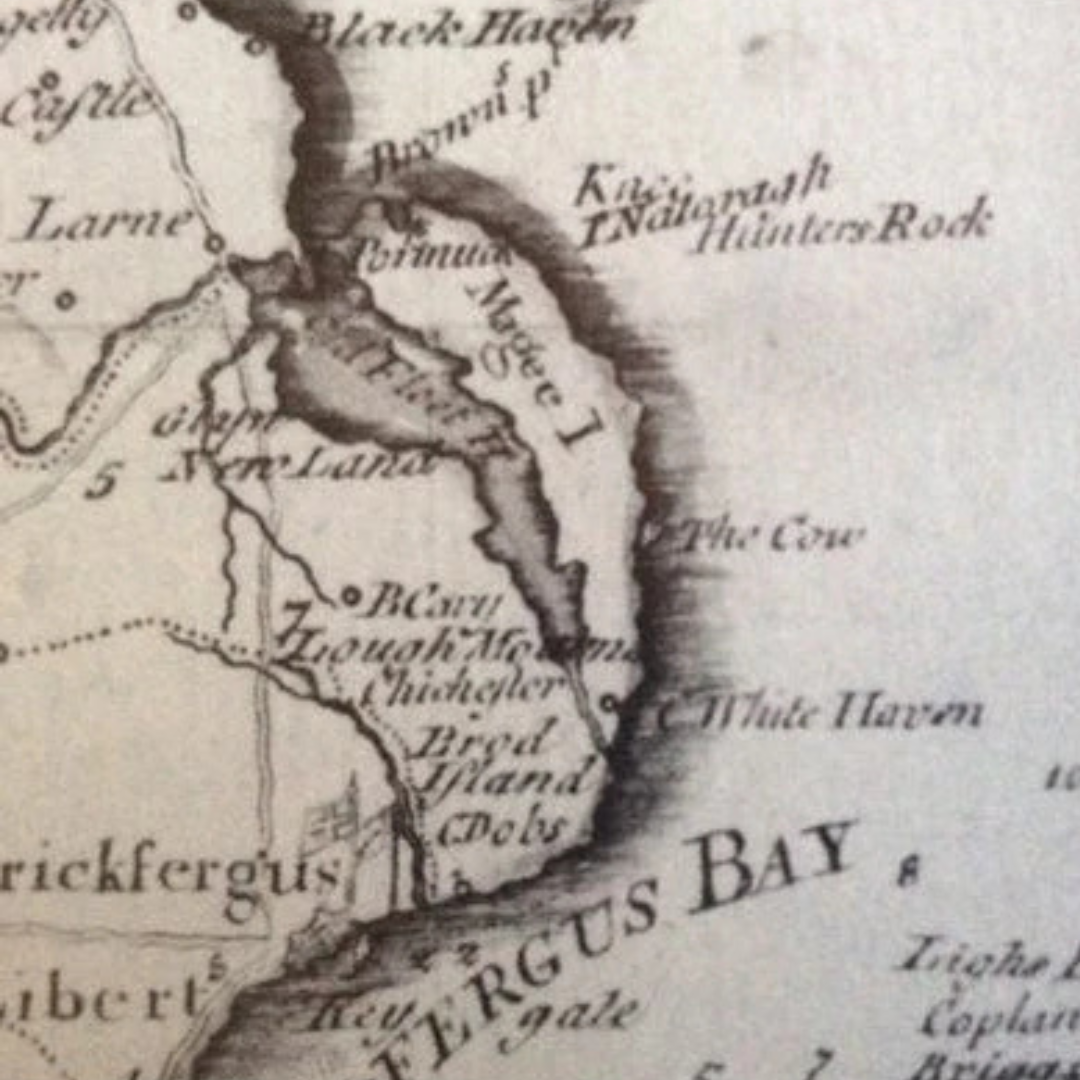The Last Witch Trials: Magic, Witchcraft, and the Law in Ireland and England

The history of witchcraft trials in Ireland and England is a dramatic narrative of fear, superstition, and shifting social and legal landscapes. Both nations, under shared English legal influence, saw waves of witchcraft prosecutions that reflected their changing views of magic and sorcery. While neither country experienced the same scale of witch-hunting fervour as continental Europe, both endured dark periods of witchcraft persecution. In Ireland, the infamous 1711 Islandmagee Witch Trial stands as the last witch trial, while in England, the 1712 trial of Jane Wenham is often wrongly cited as the final case. Both events showcase the impacts of superstition on early modern law, the influence of shifting beliefs, and the demise of witchcraft trials as Enlightenment ideas gained traction.
The Legal Framework of Witchcraft in England and Ireland
Witchcraft laws in England and Ireland evolved over time, rooted in medieval legal traditions and intensified by religious reforms during the 16th and 17th centuries. The most influential statute governing witchcraft in both countries was the 1604 Witchcraft Act, passed during the reign of King James I. This law replaced an earlier 1563 statute under Queen Elizabeth I, which had criminalised witchcraft but was less severe than its successor.
The Witchcraft Act of 1604 made it a felony to conjure spirits or use witchcraft, with punishments ranging from imprisonment to execution. The law defined witchcraft not only as harmful magic but as a pact with the devil—a religious crime. It represented a significant shift from older medieval views of magic as dangerous yet sometimes beneficial, especially when practised by “cunning folk” or “wise women” who provided remedies and protection.
While the law applied equally to both England and Ireland, the latter experienced witch trials differently. Ireland's relatively decentralised legal system and strong adherence to folk traditions meant that accusations of witchcraft were more sporadic. Witch trials in Ireland were less common, yet the existing fear of magic still led to notable cases.
The Last Witch Trial in England: The Case of Jane Wenham (1712)
Jane Wenham’s trial in 1712 is often, albeit erroneously, labelled as the last witchcraft trial in England. While other minor cases occurred later, Wenham’s stands as one of the final high-profile trials and highlights the growing legal scepticism toward witchcraft accusations in the early 18th century.
Wenham was an elderly woman living in the village of Walkern, Hertfordshire. Known locally as the “wise woman of Walkern,” she had long been the subject of suspicion due to her reputation as a healer and her tendency to fall out with neighbours. When a local farmer accused her of cursing one of his employees, Wenham attempted to sue for defamation. However, the local magistrate, Reverend John Gardiner, intervened, and his staunch belief in witchcraft set the stage for a much more serious turn of events.
Gardiner's servant, Anne Thorne, began exhibiting fits that she blamed on Wenham’s witchcraft. Under mounting local pressure and growing superstition, Wenham was arrested. During the search of her home, authorities claimed to have found strange ointments and cakes, which were interpreted as tools of satanic rituals. Wenham was accused of "conversing with the devil in the form of a cat," a familiar claim in witchcraft trials of the time.
The trial took place before Sir John Powell, a judge known for his rational and humane approach. Powell treated the trial as a farce, famously remarking, "There is no law against flying," when the prosecution suggested Wenham could soar through the air. Despite his scepticism, the jury convicted Wenham, and she was sentenced to death—a sentence almost automatically handed down in witchcraft cases. However, Powell's intervention saved her life. He managed to secure her reprieve and eventual pardon, marking a turning point in the declining belief in witchcraft.
Wenham’s trial inspired Bishop Francis Hutchinson’s influential 1718 work, A Historical Essay Concerning Witchcraft, a powerful denunciation of the witch-hunt phenomenon. Hutchinson’s essay, widely read and persuasive, contributed to shifting public opinion against witch trials and ultimately led to the repeal of the 1604 Witchcraft Act. The final nail in the coffin of witchcraft prosecutions came with the passage of the 1736 Witchcraft Act, which redefined witchcraft as fraudulent pretence rather than a supernatural crime, effectively decriminalising it.
The Last Witch Trial in Ireland: The Islandmagee Witches (1711)
While Jane Wenham’s trial in England represents the fading twilight of witch trials, the Islandmagee Witch Trial in Ireland, held in 1711, reflects a moment when such fears still held sway. It also stands as a sharp contrast to the more sceptical handling of Wenham's case.
The Islandmagee case took place in County Antrim, Northern Ireland. The trial centred around eight women accused of bewitching a young woman named Mary Dunbar, who had fallen ill with mysterious fits and convulsions. Mary Dunbar’s symptoms were typical of witchcraft accusations at the time: violent seizures, strange speech, and claims of seeing supernatural visions. The local population quickly attributed these symptoms to witchcraft, a belief exacerbated by the rural and deeply superstitious environment of Islandmagee.
Dunbar accused eight women, all of whom were of lower social status, of tormenting her through magic. Similar to Wenham’s trial, physical evidence of witchcraft was dubious at best. Local authorities nevertheless pursued the case vigorously, reflecting the community’s deep-rooted fear of supernatural forces.
The women were tried at Carrickfergus Assizes, where they were convicted and sentenced to a year of imprisonment and to stand in the pillory four times. Unlike Wenham’s trial, which ended with a pardon, the Islandmagee case did not benefit from judicial scepticism or Enlightenment thinking. The women’s conviction marked the last large-scale witchcraft trial in Ireland.
Witchcraft Acts and Their Impact on the Trials
The trials of Jane Wenham and the Islandmagee women were both influenced by the Witchcraft Act of 1604, which criminalised the practice of witchcraft and associated it with diabolic pacts. However, by the early 18th century, the enforcement of these laws began to diverge in England and Ireland, partly due to the differing social and intellectual climates of the two countries.
In England, the Wenham trial occurred at a time when legal and intellectual attitudes toward witchcraft were undergoing significant change. The Enlightenment brought with it a new emphasis on reason and empirical evidence, leading to a gradual decline in the belief in witchcraft and the supernatural. The scepticism of figures like Sir John Powell reflected this shift. Although the Witchcraft Act of 1604 remained on the books, its enforcement was increasingly rare, and cases like Wenham’s were seen as relics of an earlier, more superstitious age.
In Ireland, however, the Islandmagee trial shows that belief in witchcraft remained more entrenched in certain rural and isolated communities. While Ireland had experienced fewer witchcraft prosecutions than England, the superstitions surrounding magic persisted, particularly in areas where folk beliefs were strong. The Islandmagee trial, occurring a year before Wenham’s, suggests that the 1604 Witchcraft Act still held considerable sway in Ireland, where local magistrates were willing to enforce its provisions even as scepticism grew in England.
The differing outcomes of the two trials illustrate the waning power of the Witchcraft Act in England and its lingering influence in Ireland. Wenham’s pardon and the public response to her trial were emblematic of a society moving toward legal reform and rationality. In contrast, the conviction of the Islandmagee women suggests that in Ireland, the fear of witchcraft, though declining, could still have serious consequences for those accused.
The 1736 Witchcraft Act and the End of Witch Trials
The legal shift that culminated in the 1736 Witchcraft Act marked the official end of witchcraft prosecutions in both England and Ireland. This new act, passed by Parliament, repealed the 1604 statute and redefined witchcraft as fraudulent pretence rather than a supernatural crime. Under the 1736 act, those claiming to have magical powers were now punished for fraud rather than witchcraft, reflecting a significant change in the legal and cultural understanding of magic.
The passage of the 1736 act was a direct result of the growing influence of Enlightenment thinking, which increasingly saw accusations of witchcraft as the product of ignorance and superstition. This act not only decriminalised witchcraft but also paved the way for more rational approaches to other forms of superstition and belief in the supernatural.
In Ireland, the act had a similar effect, though the cultural landscape was somewhat different. The strong folk traditions that persisted in rural areas meant that belief in witches, fairies, and supernatural beings remained a significant part of Irish culture long after the law no longer recognized witchcraft as a crime. However, the 1736 act effectively ended formal prosecutions, and cases like the Islandmagee trial became relics of the past.
The trials of Jane Wenham and the Islandmagee witches, occurring within a year of each other, provide a fascinating comparison of how witchcraft was viewed in England and Ireland at the time. In England, the Wenham trial showcased a legal system increasingly influenced by Enlightenment values and a growing scepticism toward supernatural explanations. Although Wenham was convicted, her case became a rallying point for those opposed to witchcraft prosecutions, and it played a key role in the eventual repeal of the 1604 Witchcraft Act.
In Ireland, the Islandmagee trial highlighted a society where folk beliefs and superstitions still held significant power. While fewer witchcraft trials occurred in Ireland compared to England, those that did often reflected the enduring influence of local beliefs in magic and the supernatural. The conviction of the Islandmagee women demonstrates that, despite the growing scepticism elsewhere, communities in Ireland were still willing to turn to the courts to address fears of witchcraft.
However, both cases ultimately contributed to the decline of witchcraft trials. Wenham’s trial inspired legal and intellectual critiques that hastened the end of witch-hunting in England, while the Islandmagee case, as the last major trial in Ireland, marked the fading influence of witchcraft laws in the country.
The End of an Era
The trials of Jane Wenham and the Islandmagee women stand as markers of the end of the witchcraft trial era in England and Ireland. Both trials, influenced by the 1604 Witchcraft Act, reveal the complex relationship between superstition, law, and societal change in the early 18th century.
Wenham’s trial, despite resulting in a conviction, helped ignite the final push toward legal reform and the end of witchcraft prosecutions in England. The Islandmagee trial, occurring in a more rural and superstitious part of Ireland, demonstrated the lingering power of folk beliefs but also marked the final witch trial in the country.
The eventual passage of the 1736 Witchcraft Act in both England and Ireland symbolised the triumph of reason over superstition, marking the end of formal witch trials. However, the legacy of these trials, and the deep-seated fears they reflected, continued to shape cultural attitudes toward magic and the supernatural for centuries to come.
You can find out more about the Islandmagee Witch Trials via the podcast episode here: https://www.podpage.com/haunted-history-chronicles/irelands-last-witch-trials-the-islandmagee-witches-of-1711-with-dr-andrew-sneddon/






















